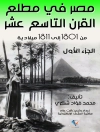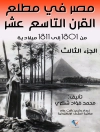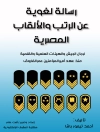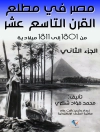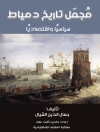This book explores how public commentary framed Australian involvement in the Waikato War (1863-64), the Sudan crisis (1885), and the South African War (1899-1902), a succession of conflicts that reverberated around the British Empire and which the newspaper press reported at length. It reconstructs the ways these conflicts were understood and reflected in the colonial and British press, and how commentators responded to the shifting circumstances that shaped the mood of their coverage. Studying each conflict in turn, the book explores the expressions of feeling that arose within and between the Australian colonies and Britain. It argues that settler and imperial narratives required constant defending and maintaining. This process led to tensions between Britain and the colonies, and also to vivid displays of mutual affection. The book examines how war narratives merged with ideas of territorial ownership and productivity, racial anxieties, self-governance, and foundational violence. In doing so it draws out the rationales and emotions that both fortified and unsettled settler societies.
Table des matières
1. Introduction.- 2. Symptoms of Empire.- 3. The Waikato War: Rights and Industry.- 4. The Waikato War: Race and Philanthropy .- 5. The Sudan Crisis: Displays of Unity.- 6. The Sudan Crisis: Creating Historical Memories.- 7. The South African War: Trying Again.- 8. The South African War: Points of Fracture.- 9. Conclusion.
A propos de l’auteur
Sam Hutchinson received his Ph D from the University of Western Australia in 2015. He is currently employed as a historian in Wellington, New Zealand.


